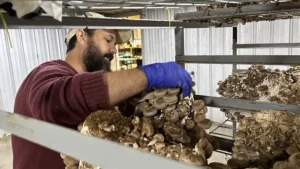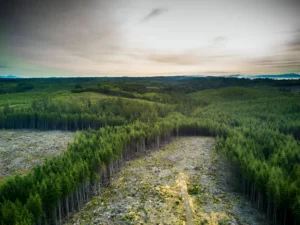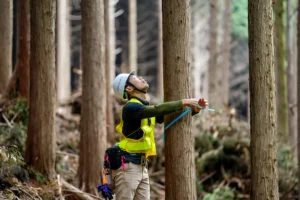Financial Losses in New South Wales Native Forest Logging
- February 25, 2025
- 0 comment

New South Wales (NSW) has faced significant financial losses due to native forest logging, raising concerns about the long-term sustainability of this industry. Two recent reports have revealed that the state-owned Forestry Corporation of NSW has been operating at a financial deficit, consistently spending more on harvesting and haulage than it earns from timber sales. According to the NSW Independent Pricing and Review Tribunal (Ipart), native forest logging operations reported a $29 million loss in the latest financial year, bringing total losses since 2020 to $72 million. These figures illustrate the ongoing financial burden placed on taxpayers to sustain an industry that is struggling to generate sufficient revenue.
One of the major factors behind these losses is the high cost of harvesting and haulage. The Forestry Corporation has consistently paid more for logging operations than it has been able to recoup from timber sales, creating an unsustainable financial imbalance. Additionally, demand for native forest timber has been declining due to growing awareness of environmental conservation and a shift toward plantation-based timber. The market has also become more competitive, with imported timber and alternative materials reducing the profitability of native forest logging.
The economic challenges are further compounded by environmental and legal constraints. Regulatory restrictions, conservation efforts, and legal challenges related to deforestation and biodiversity protection have contributed to increased operational costs. This situation raises broader economic and environmental concerns, as taxpayer subsidies continue to support an unprofitable industry while native forest logging remains linked to deforestation, loss of biodiversity, and climate change impacts.
Given the ongoing financial losses, policymakers may need to reconsider the future of native forest logging in NSW. One potential solution is transitioning to plantation-based forestry, which could provide a more sustainable and economically viable alternative. Expanding conservation efforts and promoting reforestation initiatives may also open new revenue streams through carbon credits and eco-tourism. Reviewing existing logging contracts and pricing strategies could help balance costs and revenues more effectively, while investing in alternative industries such as sustainable agriculture, eco-tourism, and renewable energy could create economic opportunities that align with environmental conservation.
The financial losses associated with native forest logging in NSW suggest that the industry is no longer viable in its current form. With mounting operational costs, declining demand, and increasing environmental concerns, a shift toward alternative approaches that prioritize both economic and ecological sustainability may be necessary. By transitioning to plantation forestry, investing in conservation, and diversifying economic opportunities, NSW can work toward a more financially stable and environmentally responsible future.














Leave your comment